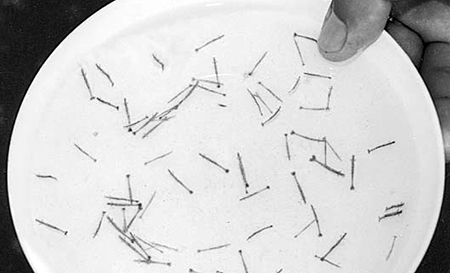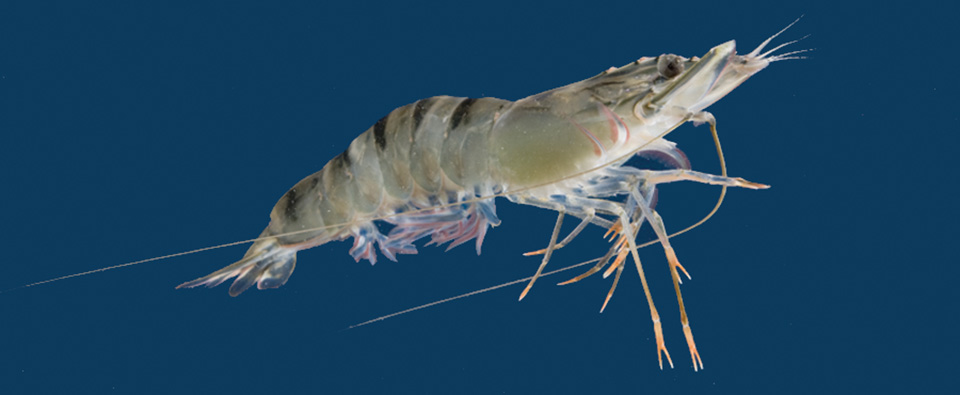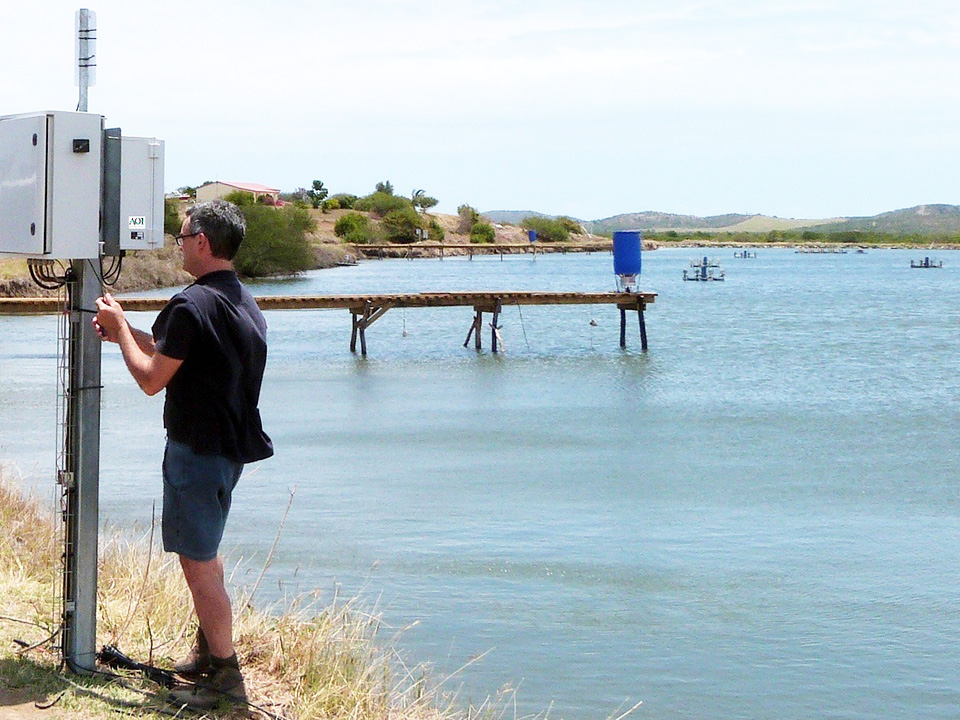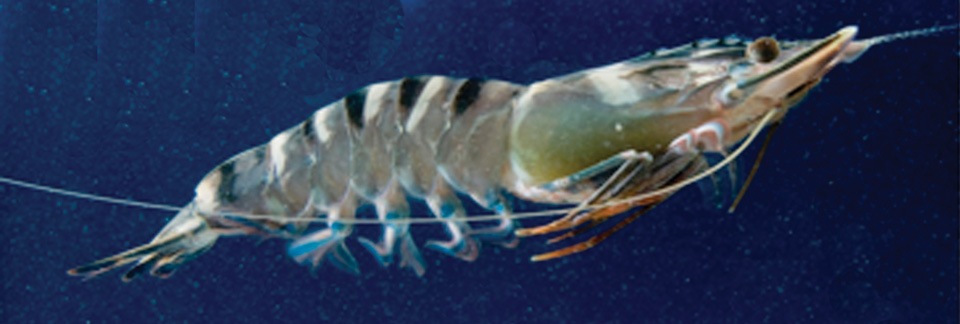Hatcheries play vital role in industry’s growth

Commercial shrimp hatcheries in India developed rapidly since 1993 due to drastic demand increases and seedstock shortages. With the establishment of these hatcheries, collection of wild postlarvae (PL) decreased, and shrimp production and exports expanded significantly. Farmed shrimp exports have increased from U.S. $200 million in 1991 to $803 million (53 percent of total seafood exports) in 2001. Hatcheries played a vital role in this expansion of the farmed shrimp industry.
Hatchery development
The first two hatcheries were built in 1988 by the government of India (Marine Products Export Development Agency), which set up the facilities and imported the associated technology from the United States and France. Now there are over 283 shrimp hatcheries along the coastline of the country (Table 1). About 60 percent of the hatcheries are located in the state of Andhra Pradesh, where they account for over 70 percent of the total national PL production capacity of 13.9 billion PLs per year. Next to Andhra Pradesh, Tamilnadu has 72 hatcheries with the capacity to produce 2.9 billion PLs per year.
Swamy, Recent growth of shrimp hatcheries, Table 1
| Years | Hatcheries | Capacity (seeds/year) |
|---|---|---|
| 1989-90 | 13 | 200 |
| 1991-92 | 16 | 400 |
| 1993-94 | 36 | 2,160 |
| 1995-96 | 128 | 5,120 |
| 1997-98 | 250 | 11,600 |
| 1999-00 | 260 | 12,500 |
| 2000-21 | 283 | 13,882 |
Technology
The technology initially adopted – and still widely used – was the method developed in Galveston, Texas, USA. It included frequent exchange of treated water, and transfers of PL3 to different tanks, where they were reared to PL20 or until sold. The second method is the Taiwanese system, where water exchange is minimal and animals are not transferred to different tanks. Most hatcheries have now evolved systems to suit their requirements, and in many cases use a combination of these two technologies.
Broodstock collection and handling
The collection of black tiger broodstock from the sea is an arduous, risky, and expensive task performed by a separate set of operators. The 283 shrimp hatcheries are forced to compete with each other to secure wild broodstock from these sources (Table 2). This competition can push up the cost of a spawner/brooder to Rs. 50,000 (U.S. $1,000) or more. Detection of White Spot Syndrome Virus in PLs before their delivery to farmers has become a major issue.
Swamy, Sources of wild broodstock, Table 2
| Broodstock Landing Center | Portion of Landing |
|---|---|
| Orissa | 20% |
| Andhra Pradesh | 50% |
| Tamil Nadu | 28% |
| Kerala | 2% |
Taking advantage of this predicament – and to the relief of the hatchery owners – a few enterprises have set up nauplii production centers (Table 3). Now, most of the hatcheries depend on these centers, instead of buying spawners and going through the ordeal of maturation and spawning.
Swamy, Location and production of nauplii, Table 3
| Nauplii Center | Portion of Production |
|---|---|
| Orissa | 15% |
| Andhra Pradesh | 60% |
| Tamil Nadu | 25% |
The nauplii centers produce nauplii from two sources. Twenty-five percent of total nauplii production derives from ablated broodstock, and the remaining 75 percent is obtained from wild-collected spawners. Around 100,000 broodstock animals are required to produce an estimated 7,000 million PLs.
Feeds
Artemia continues to be the main feed cost for PL production, but other supplementary feeds (mainly imported ones) are also used. The total annual consumption of artemia is 50 tons, valued at Rs. 200 million (U.S. $4 million). Additionally, consumption of supplementary feeds is about 30 tons, valued at Rs. 55 million (U.S. $1.10 million). The customs duty on artemia in India is currently 40 percent.
Disease problems
Bacteria
Mass mortalities due to luminous Vibrio harveyi have been reported. In addition to seawater, other sources of luminous vibrios include fecal matter and exoskeletons of spawners and artemia in hatching water.
Viral diseases
Monodon Baculovirus (MBV) has been reported to cause mass mortalities in hatcheries in India. It is generally accepted that, although MBV is highly prevalent in Southeast Asia, it is not highly virulent. Generally, mixed infections involving MBV and other viral or bacterial pathogens have been responsible for observed mortalities. White Spot Syndrome Virus (WSSV) is a more serious problem in India. It affects shrimp of all ages, and within a few days mortality can reach 100 percent. WSSV affects tissues of ectodermal and mesodermal origin.
Diagnostic laboratories
Recently, there has been more awareness among farmers to select their seed based on quality, so farmers and nursery owners are testing for diseases as well as quality. Currently, the government is encouraging hatcheries to set up in-house polymerase chain reaction (PCR) labs to improve quality. There are 20 laboratories in the country with PCR capability.
Possible solutions
Broodstock
Broodstock is being collected from the ocean in a haphazard manner, stressing animals and affecting their quality. Specialized boats with adequate facilities to handle broodstock at sea and during transport should be developed, and the fisherman should be trained specifically to collect broodstock. Broodstock quality can be improved in two ways. The first is shortterm, and involves setting up a program to implement effective sea ranching to ensure that quality-tested seedstock is released annually by hatcheries into the ocean at a suitable location, with government assistance and regulation. The second is longterm, and involves investment in specific pathogen-free/domestication technology for broodstock to support sustainable shrimp culture.
High artemia cost
The import duty rate should be reduced immediately, to enable hatcheries to use Artemia as needed and sell quality seed at a profitable price.
Poor nauplii quality
Wild broodstock quality varies, especially during the low-temperature season of December to February, which is also the peak collecting season. Due to the high cost of broodstock, the nauplii centers continue to supply nauplii of variable quality. Standards have to be established and maintained to guarantee a consistent supply of good-quality nauplii.
Code of practices
All hatcheries should implement the code of practices established by the Andhra Pradesh Shrimp Hatcheries Association and MPEDA to maintain hatchery standards. Self-regulation and discipline by hatcheries is essential, as this will result in the supply of a better quality of seed.
Sustainable price
The price of shrimp seedstock varies Rs. 50,000 to 500,000 (U.S. $1,000 to $10,000) per million. If production is controlled by hatcheries, especially during the off seasons, then remunerative prices can be achieved on a year-round basis, which will result in hatcheries maintaining seedstock quality.
Nursery rearing center
There are vast, underground freshwater deposits – particularly in Andrha Pradesh – under P. monodon culture areas, where production is done with water salinities ranging from 0 to 5 ppt. For hatchery seed acclimation, the nursery rearing centers buy seed from hatcheries and gradually reduce the salinity to 0 ppt over a period of 7 to 10 days. These centers need to maintain proper standards for water quality, pond depth, and stocking densities, so as to supply quality seed to the local farmers.
Effluent treatment
All hatcheries should ensure that the effluent water discharged is treated before release into open water bodies.
Note: Marine Products Export Development Agency was the source of all data presented in this article.
(Editor’s Note: This article was originally published in the December 2001 print edition of the Global Aquaculture Advocate.)
Now that you've reached the end of the article ...
… please consider supporting GSA’s mission to advance responsible seafood practices through education, advocacy and third-party assurances. The Advocate aims to document the evolution of responsible seafood practices and share the expansive knowledge of our vast network of contributors.
By becoming a Global Seafood Alliance member, you’re ensuring that all of the pre-competitive work we do through member benefits, resources and events can continue. Individual membership costs just $50 a year.
Not a GSA member? Join us.
Author
-
M. Sudarshan Swamy
President
Andhra Pradesh Shrimp
Hatcheries Association[109,111,99,46,114,105,116,110,97,115,64,121,109,97,119,115,115,109]
Tagged With
Related Posts

Health & Welfare
Black tiger shrimp domestication advances
The production of early generations of domesticated broodstock in open-environment ponds may have hampered the domestication of black tiger shrimp.

Responsibility
A look at various intensive shrimp farming systems in Asia
The impact of diseases led some Asian shrimp farming countries to develop biofloc and recirculation aquaculture system (RAS) production technologies. Treating incoming water for culture operations and wastewater treatment are biosecurity measures for disease prevention and control.

Innovation & Investment
Acoustic control improves feeding productivity at shrimp farms
In systems recently developed for shrimp farms, passive acoustic-based technology enables sensor-based control of multiple automatic feeders. Improved growth and feed conversion have been recorded at commercial farms using the technology.

Health & Welfare
Add value to shrimp harvests: Darken environment to enhance shrimp color
Shrimp color is caused by pigments that play an important role in camouflage for survival. For farmed shrimp, proper coloration is generally achieved via synthetic astaxanthin in feed.


